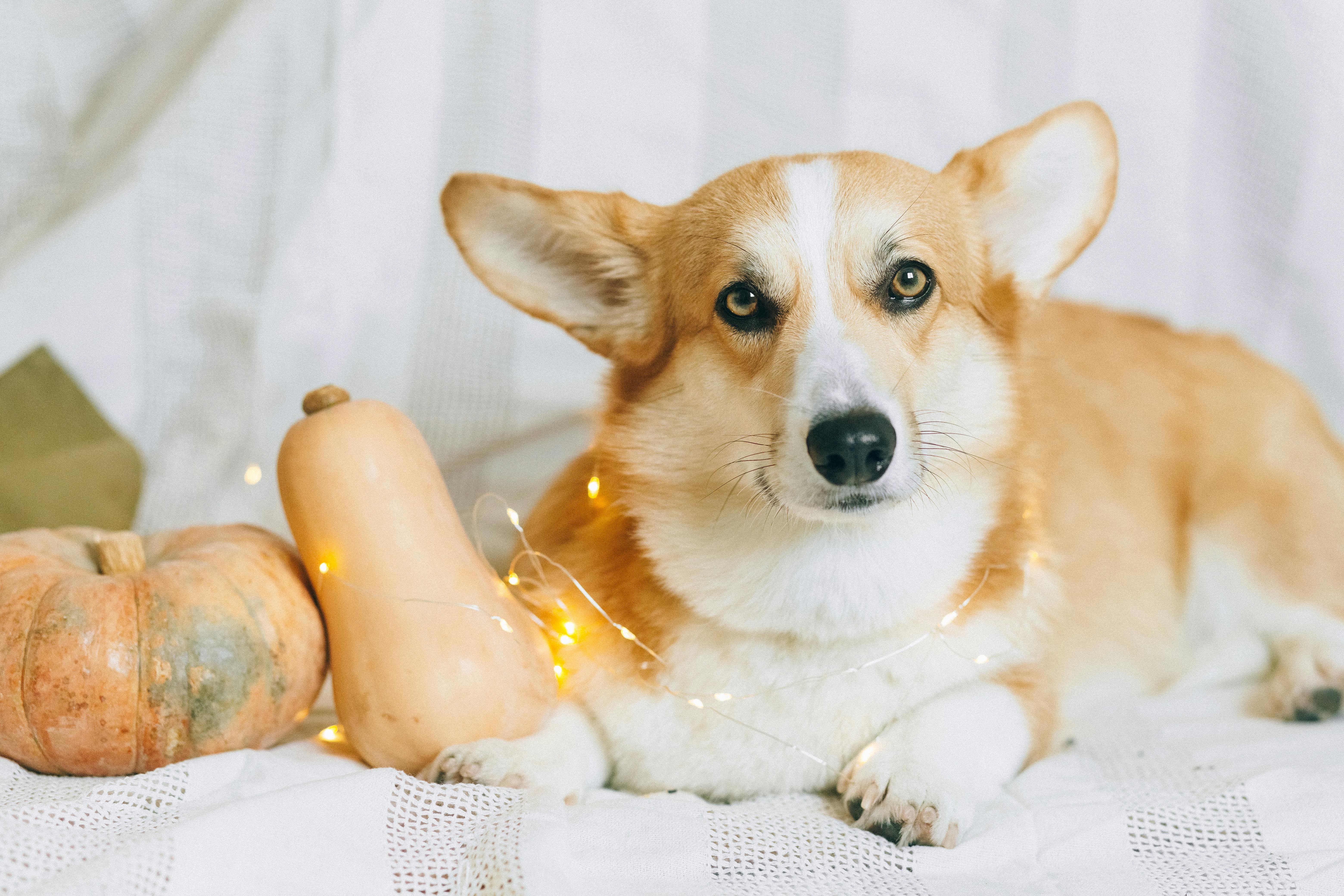When it comes to rabbit breeds, there is a wide variety, from the adorable Mini Lops to the Giant Flemish Giants. But more and more people are choosing to open their hearts and homes to a dwarf rabbit. In fact, the Netherland Dwarf is one of the most popular breeds in the entire world, if not the most popular today.
Many people refer to their little rabbits as dwarfs and you will often find people saying they have a ‘Dwarf Lop’ or ‘Dwarf Lionhead’. However, to be an official ‘dwarf’ breed, a rabbit must have half of the dwarf gene. The American Rabbit Breeders Association recognizes only two true dwarf breeds: the Dwarf Hotot (about 3 lbs.) and the Netherland Dwarf (about 2.5 lbs.).
But regardless of whether your chignon is an official dwarf or just a very small version of another breed, you always wonder if caring for a dwarf chignon is different from other breeds.
So do dwarf rabbit breeds need special care?
The answer to this is not really. There are a couple of things to be aware of with dwarf breeds, but in general their care is the same as other rabbits.
Here are some things to keep in mind:
- Dwarf rabbits can often be more nervous and more difficult to handle than larger breeds. And while there are always exceptions to the rule, they generally need *more* space and exercise than a larger rabbit.
- Due to their obviously small size, dwarf rabbits closely resemble the prey of cats and dogs, particularly dogs such as terriers that are bred to hunt and kill rats, mice, and even rabbits. You may be better off considering a larger rabbit if you have a dog or cat in the house.
- While not a proven scientific fact, many dwarf rabbit owners feel that their dwarf rabbits have a more delicate digestive system. While that may or may not be the case with your dwarf bun, you still need to be very careful about how much food you feed your bunny. Dwarfs are tiny creatures (2-3 pounds) and can get overweight very quickly. A serving of ‘reward’ food eg apple for a mini bun would be about a teaspoon!
- If your cage has wire on the bottom, make sure the feet of your dwarf bun aren’t so small that they can slip through the wire. Change the wire to a smaller hole or place something solid on it, like newspaper or cardboard. As with any rabbit, wire-bottomed cages need part of the floor to be covered with solid material so that the bun can give its paws a rest.
- Dutch dwarfs are much more prone to dental problems due to their small, compact head shape and shortened jaw. This can mean a visit to the vet every month to have your bun’s teeth cut, which could get expensive.
There is no doubt that dwarf rabbits, and in particular the Netherland Dwarf, are very cute. However, as with any rabbit, they are not a low maintenance pet and it is a 10-12 year commitment to take on one.
Make sure you’re really ready to add a mini bun to your home before you fall in love with that cute little face and take it home with you.
